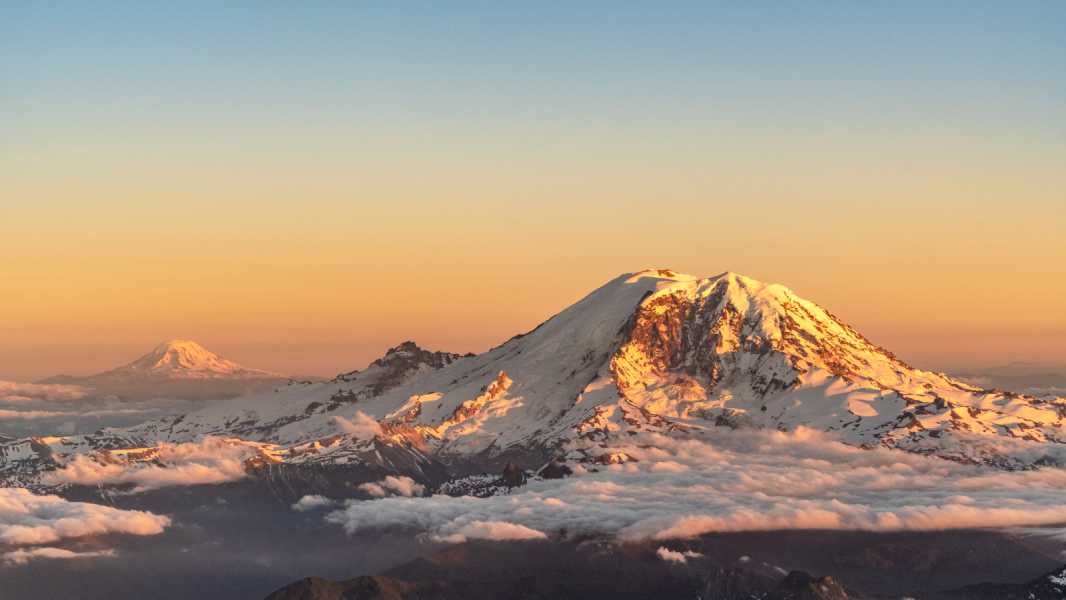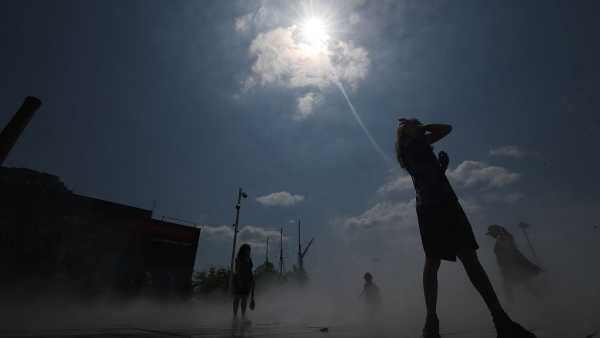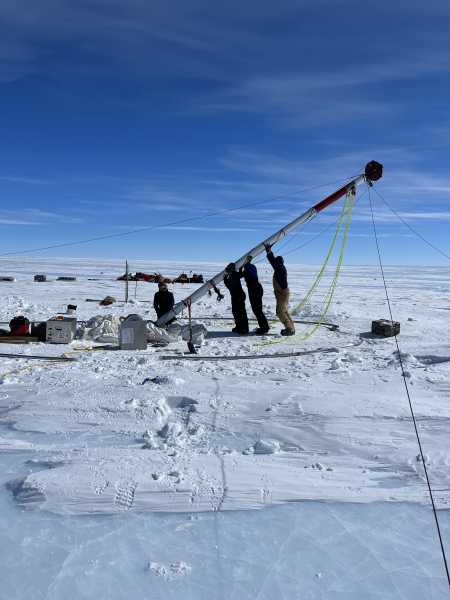
Researchers have discovered that vast reservoirs of magma lie beneath dormant volcanoes in the Cascade Range. (Photo: aaaaimages/Getty Images)
New research suggests that long-dormant volcanoes in the Cascade Mountains of the Pacific Northwest still have significant reservoirs of magma beneath them.
The results of the work are important for monitoring volcanoes before they erupt, the authors of the study note in an article published on January 23 in the journal Nature Geoscience.
Scientists debate whether magma can remain in the upper crust beneath volcanoes for long periods of time, or whether it moves into these shallow layers shortly before eruptions. The new study suggests that, at least in the Cascades, these magma reservoirs can persist for millennia without triggering eruptions.
“Regardless of the frequency of eruptions, we observe significant magma formations beneath many volcanoes,” said study lead author Guanning Pang, a postdoctoral fellow in earth sciences at Cornell University. “These magma formations appear to exist beneath the volcanoes throughout their lifetime, not just during periods of activity.”
However, the magma chambers discovered in the current study are not capable of causing a catastrophe: they are only partially molten and do not contain enough liquid magma to initiate an eruption.
The new data came from upgrades to the U.S. Geological Survey’s seismic stations in the Cascade Mountains, allowing Pang and his colleagues to track distant earthquake waves beneath Mount St. Helens, Mount Rainier, Lassen Peak, and other nearby volcanoes. They noticed a consistent slowdown in seismic wave speeds — sometimes as much as 70 percent — beneath the volcanoes’ summits.
The slowdowns are too large to be explained by factors such as temperature, the researchers report. Waves move more slowly through liquids than through solids, so the results suggest that significant magma reservoirs are lurking 3 to 9 miles (5 to 15 kilometers) below the surface. They found these reservoirs beneath Mount Rainier, Mount St. Helens, Mount Hood, Newberry Volcano, Crater Lake and Lassen Peak.
The Three Sisters and Mount Shasta did not show similar patterns, but that could be due to a lack of seismic measurements, the researchers note. Recent swelling of the ground near the Three Sisters does indicate that magma is moving in the area.
Magma reservoirs are not underground lakes of fire. Rather, they are made of porous rock through which liquid magma flows. Only when the proportion of liquid magma exceeds 35% does the reservoir have the potential to erupt. Pang and his colleagues have no direct measurements of what percentage of the magma beneath these mountains is molten, but they speculate that it could range from 3% to 32%.
Even if the melt rate reached 32%, it would not necessarily predict an eruption, as this percentage could persist for decades or change depending on local conditions. In any case, scientists have not observed any signs that these reservoirs are ready to erupt, such as an increase in earthquakes.
The Cascades are well-monitored, but scientists have limited data on what's going on beneath most of the world's volcanoes, researchers say. Similar techniques used at seismic stations could help build a more complete picture of what lies beneath volcanoes on a global scale.
Sourse: www.livescience.com





